The green, clean, civilized and modern city of Vung Tau is not only famous for tourism but also famous for the largest Oil and Gas industry in the country and is known as the "Oil and Gas City".
Wherever we go, when people talk about Vung Tau city, we hear the phrase “Oil and Gas City”. But to have the oil and gas achievements like today in Vung Tau land is a process of arduous struggle and challenges. Mr. Nguyen Van Chung - former Party Secretary of Vietsovpetro Joint Venture shared: "I still remember that on May 12, 1975, 12 days after the liberation of the South, under the direction of the Party and the Government , a key inter-sectoral delegation of 11 people was sent to Saigon to collect petroleum documents left by capitalist companies at the archive center of the General Department of Petroleum and Minerals. In that pile of documents, with the support of the Military Management Group of the General Department of Geology and the officers and engineers working at the General Department of Petroleum and Minerals, the working delegation collected very important technical information, samples, including crude oil samples related to the petroleum activities of capitalist companies on the continental shelf of Southern Vietnam.
Based on the analysis and assessment of the Group on the prospects and potential of oil and gas in the continental shelf of Southern Vietnam, the Oil and Gas Company was established in late 1975, headquartered at 27-28 Bach Dang Wharf, Saigon City, to prepare for the search and exploration of oil and gas in the Mekong Delta and the continental shelf. Shortly thereafter, the Oil and Gas Group 22 (Mekong Delta) under the Vietnam Oil and Gas Company was established to conduct geological and geophysical work on land and on islands in the Eastern and Western regions of the South.
After nearly 2 years of surveying and evaluating the possibility of oil and gas exploration, we decided that in order to quickly have oil and gas, we had to move to the southern continental shelf. In 1978, the South Vietnam Oil and Gas Company moved to Vung Tau and changed its name to Oil and Gas Company II, a new turning point in the search and exploration of oil and gas in Vietnam began. However, the search, exploration and exploitation of oil and gas on the continental shelf for the Vietnam Oil and Gas industry was completely new. We did not have specialized equipment, leading experts and capital. To conduct the search, exploration and exploitation of oil and gas on the continental shelf, the Oil and Gas industry had to call for bids. It must also be added that during this time our country was embargoed by the US, so some companies that had been doing oil and gas on the Vietnamese continental shelf before 1975 could not return. There were 3 companies that won the bid: Deminex (lot 15), Agip (lots 4, 5), Bow Valley (lots 28, 29), they conducted searches and exploration of the above lots. To better serve the task of developing oil and gas in Vung Tau, the Vung Tau - Con Dao Special Zone was also established (in 1979). Among the 4 main tasks of the Vung Tau - Con Dao Special Zone is the task of ensuring conditions to meet the requirements for serving oil and gas activities.
Minister Dinh Duc Thien and officials of the Vietnam Oil and Gas industry searched for a location to build an onshore base to serve oil and gas exploitation (1980).
Exploration and search work was carried out by foreign oil and gas companies in late 1980. During that time, these companies drilled 12 wells in 3 different areas, some wells showed signs of oil but did not achieve positive results, so by the end of 1980 all 3 companies ended their activities on the continental shelf of South Vietnam. The second phase of oil and gas exploration and search on the continental shelf of South Vietnam also ended.
There is a memory that the oil and gas workers and the people of Vung Tau at that time will never forget, that is, to prepare for foreign oil and gas companies to operate offshore, they requested the construction of a wharf in the Tien Cang area (later the onshore service base of Vietsovpetro). A French contractor proposed a construction period of 1 year at a cost of 26 million USD. With no money, unable to let the oil and gas companies wait, Mr. Dinh Duc Thien assigned the Traffic Construction Company 6 to design and construct; in just under 100 days, the 105m long, 25m wide bridge was completed at a cost of only 1/4 of the cost set by the French company.
This is the most difficult period for oil and gas workers in Vung Tau. After the liberation of the South and the reunification of the country, we need budget revenue to overcome the consequences of war, develop the economy , and gradually stabilize people's lives, but we have not yet found oil and gas to exploit.
The life of oil and gas workers was also very difficult. Mr. Nguyen Van Chung recalled: “I still remember that at that time, oil and gas workers were only given 30% of the rice in the ration card standard, the remaining 70% was fillers such as dried cassava, corn kernels, sorghum, and even green bananas (5kg of bananas is equivalent to 1kg of filler). A few friends and colleagues returned to the North, but the vast majority of us oil and gas workers still believed that Vietnam's continental shelf had oil and were determined to stay for the oil and gas career."
Signing ceremony of Vietnam - Soviet Union cooperation on geological exploration and oil and gas exploitation in the southern continental shelf (July 3, 1980).
July 3, 1980 marked a major turning point for the Vietnam Oil and Gas industry, a turning point that determined the development of the Oil and Gas industry in Vung Tau city. The Intergovernmental Agreement between the Soviet Socialist Republic (USSR) on oil and gas exploration and exploitation in the continental shelf of South Vietnam was signed. On June 19, 1981, the Vietnam - Soviet Oil and Gas Joint Venture was established (in 1991, it was renamed Vietsovpetro Joint Venture Enterprise).
Petroleum port period 1981-1985 in Vung Tau City.
Vietsovpetro's first task was to gather a technical force consisting of leading Soviet oil and gas experts, Vietnamese oil and gas experts from Oil and Gas Companies I, II, from the Mekong Delta delegation and from other places to gather and work together to study the documents collected in the previous stages, analyze and determine the location of the first well. Meanwhile, a large force of soldiers from the 318th Army Corps also came to Vung Tau, immersed themselves in the mud to uproot mangroves, level the port bank, build the ground in the Tien Cang area, load and unload tens of thousands of tons of cement from Soviet cargo ships with service enterprise workers, with the same determination to quickly build a comprehensive service base on shore as a basis for serving oil and gas activities at sea. OSC Vietnam Tourism Company urgently repaired Lam Son housing area in time to welcome Soviet oil and gas workers to live there. The Oil and Gas Project Management Board focused on building a 5-storey residential area to provide long-term accommodation for oil and gas workers from both the Soviet Union and Vietnam. Vung Tau City is like a massive construction site, bustling day and night.
Discovery of the first industrial oil flow in the lower Miocene layer at well BH-5 from the drilling ship Mikhain Mirchin (May 24, 1984).
On May 24, 1984, only 2.5 years after its establishment, the first exploratory well drilled by the drilling ship Mikhain Mirchin discovered an industrial oil flow at Bach Ho field, creating a joyful and exciting atmosphere not only for oil and gas workers, for the people of Vung Tau - Con Dao Special Zone, but also for the people of the whole country. The good news of finding oil with a phaken flame lit up a part of the East Sea sky, the news that Deputy Prime Minister of the Government of Vietnam Tran Quynh and Ambassador Extraordinary and Plenipotentiary of the Union of Soviet Socialist Republics BNSaplin lit a crude oil torch to celebrate the victory spread so quickly that on the front pages of daily newspapers, on trains, buses, and flights across the country, everywhere people could be heard informing each other: "Vietnam has oil and gas". Vung Tau was once again filled with a new atmosphere, with some places bustling day and night with the loading and unloading of shipments of equipment and steel materials from Soviet ships to serve the construction of offshore oil and gas projects, while others were constantly lit up by the welding joints connecting giant steel pipes into fixed drilling rig bases day and night, quickly bringing them out to build offshore drilling rigs. Everyone seemed to want to contribute their efforts to quickly bring oil to the Fatherland. Thus, the first ton of crude oil was taken from the ground exactly 2 years later (in 1986). This is considered a record in time in the field of oil and gas exploration and exploitation.
The joy of seeing oil.
Deputy Prime Minister of Vietnam Tran Quynh and Soviet Ambassador to Vietnam BNSaplin lit torches to celebrate the first industrial oil flow in Vung Tau at 4:00 p.m. on June 3, 1984.
Deputy Prime Minister of Vietnam Tran Quynh and leaders of central agencies, Vung Tau - Con Dao Special Zone, General Department of Petroleum, Vietnam - Soviet Oil and Gas Joint Venture Enterprise happily welcomed the first industrial oil flow from test flaring on the drilling ship Mikhain Mirchin in 1984.
In the following years, Vietsovpetro successively exploited the milestones of 10 million tons, 20 million tons, 50 million tons, 100 million tons, reaching 190 million tons of oil in early 2021, reaching 250 million tons of oil in 2024, collecting and transporting ashore more than 39 billion m3 of associated gas, total revenue from Vietsovpetro's oil and gas activities reached over 89 billion USD, contributing to the budget more than 58 billion USD. After 43 years, Vietsovpetro has grown into a strong enterprise, the "leading bird of the Vietnam Oil and Gas industry", with a strong team of officers, engineers, workers, and employees, a massive infrastructure, and great prestige not only domestically but also internationally, not only working for itself but also reaching out to provide services to international oil and gas companies.
Oil and gas projects like "steel castles" in the middle of the vast ocean contribute to ensuring national energy security, while protecting the sovereignty of the homeland's sea and islands.
Now, dozens of projects have sprung up: Bach Ho, Rong, Gau Trang, Tho Trang and Nam Rong - Doi Moi mines... forming an oil and gas city connected to the sea, at night lighting up a part of the sky and sea in the south of the Fatherland. Vung Tau City is ranked among the "Oil and Gas Cities" of the world. The city's appearance changes every day, the roads are wide, beautiful, spacious, high-rise buildings, villas, and hotels are springing up side by side. The lives of Vung Tau people and those working in oil and gas are increasingly improving.
Today's oil and gas port in Vung Tau City.
Anyone who had the opportunity to visit Vung Tau more than 40 years ago and now returns will surely be amazed by a massive industrial city, a clean, beautiful, civilized, modern city with people from all over the world living together in friendship. The people and oil and gas workers in Vung Tau are proud of what they have contributed to the Fatherland.
An Nhien
Source: https://www.pvn.vn/chuyen-muc/tap-doan/tin/ddeb6e95-e790-461b-86e5-8c76db4a0222


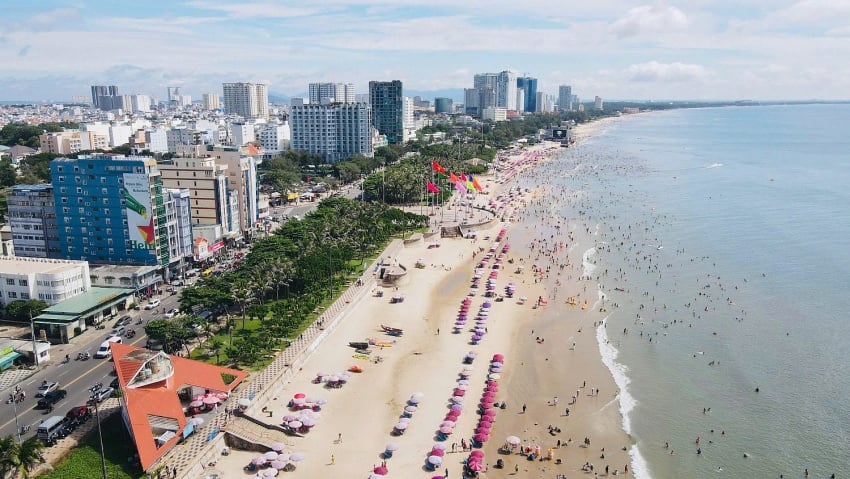
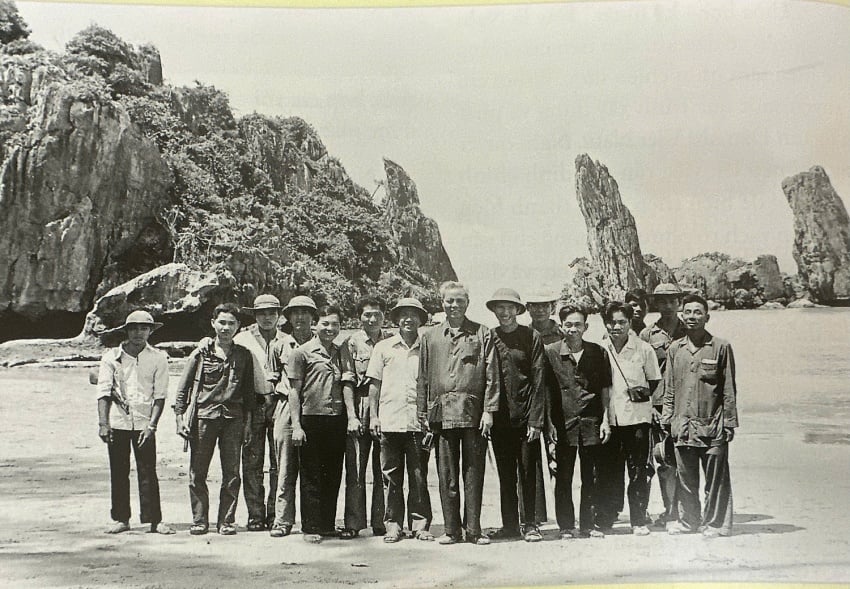
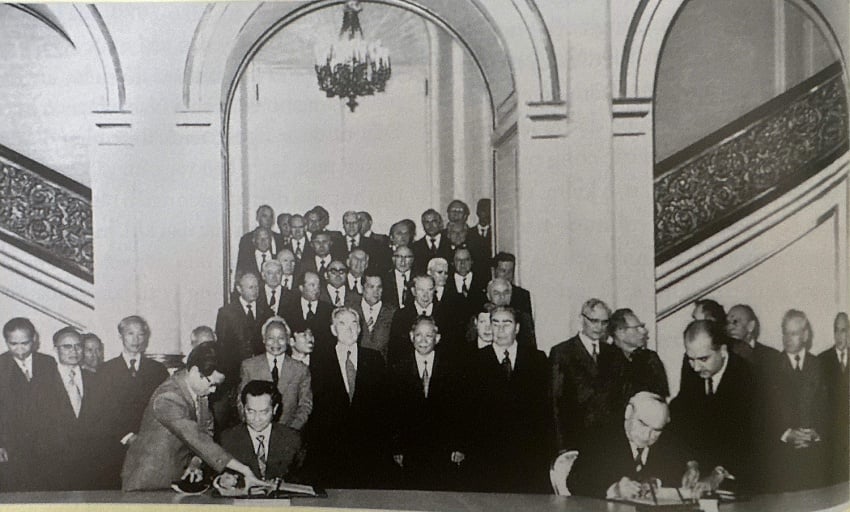
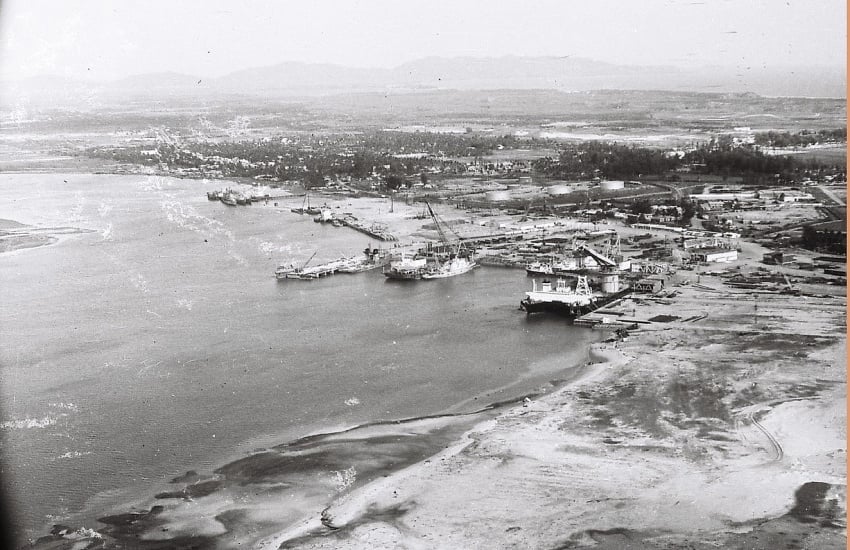
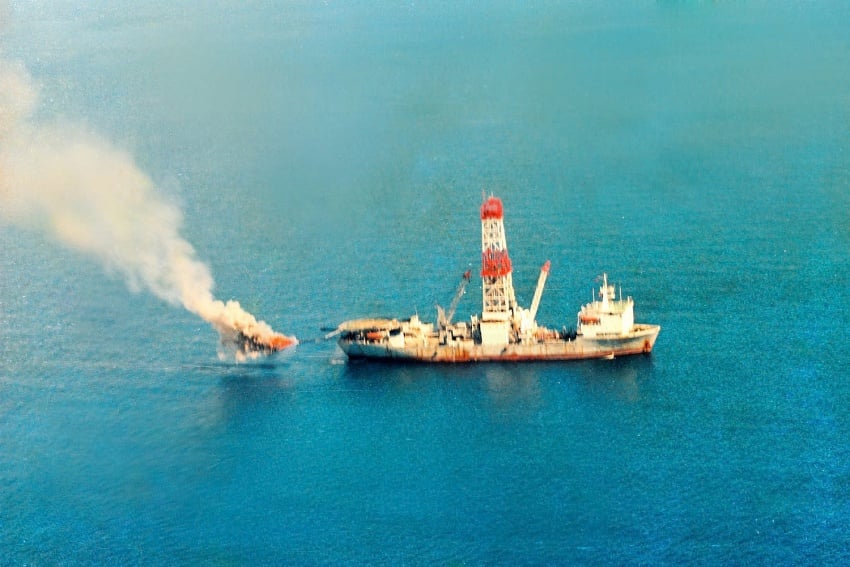
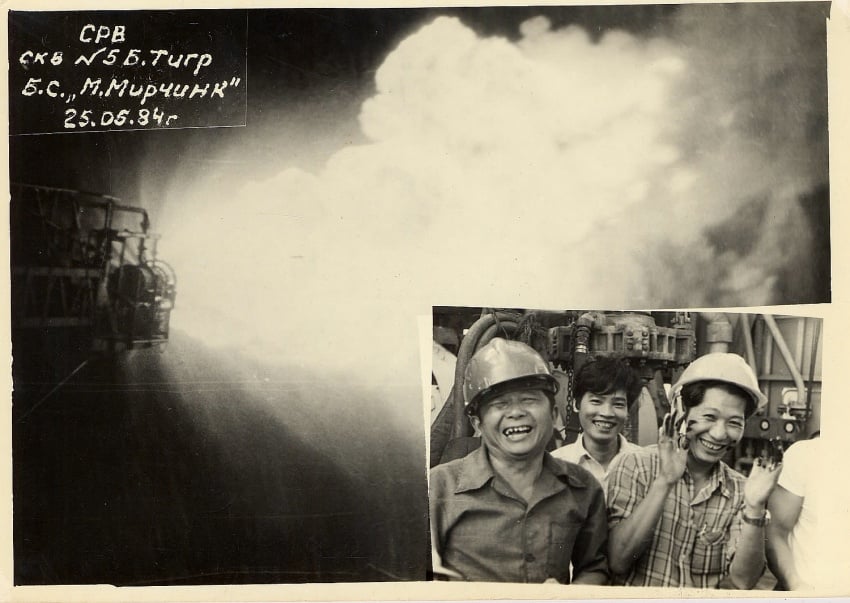
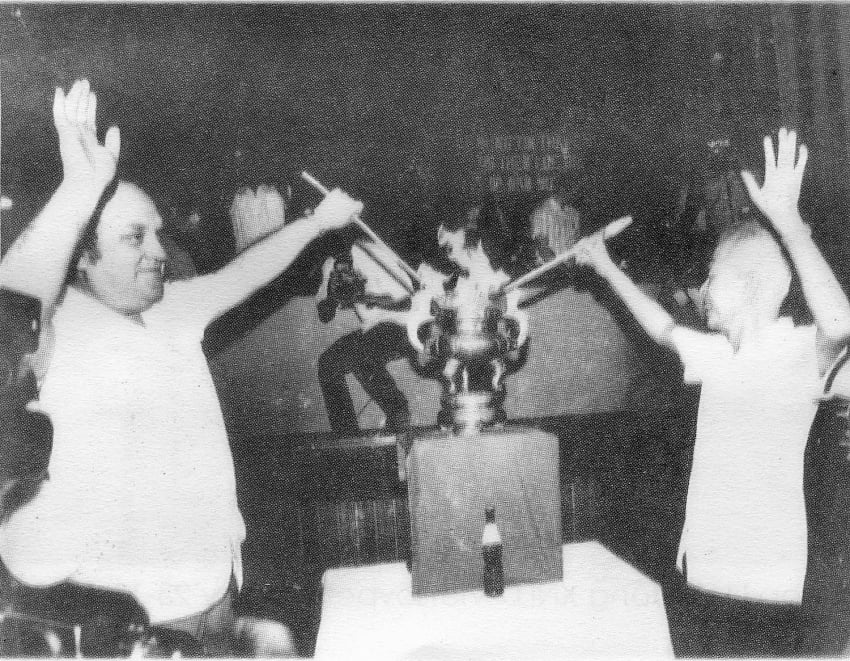
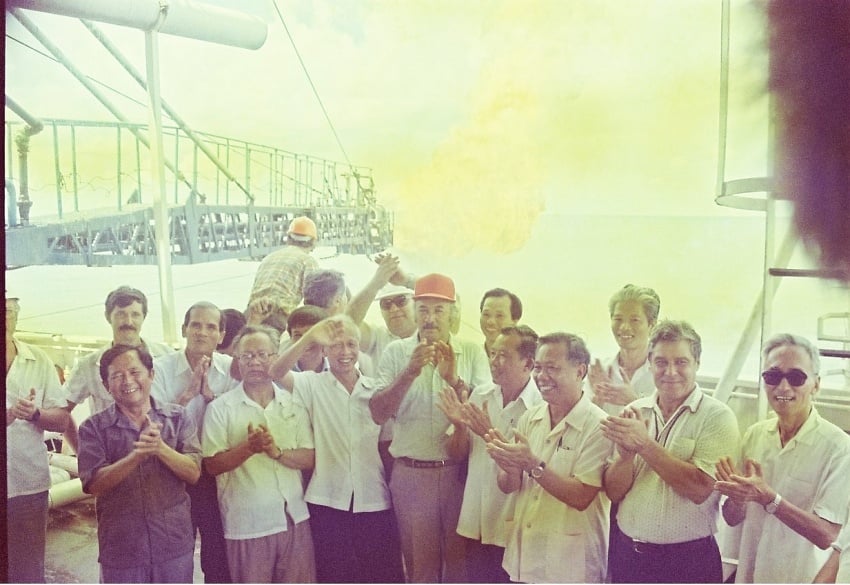

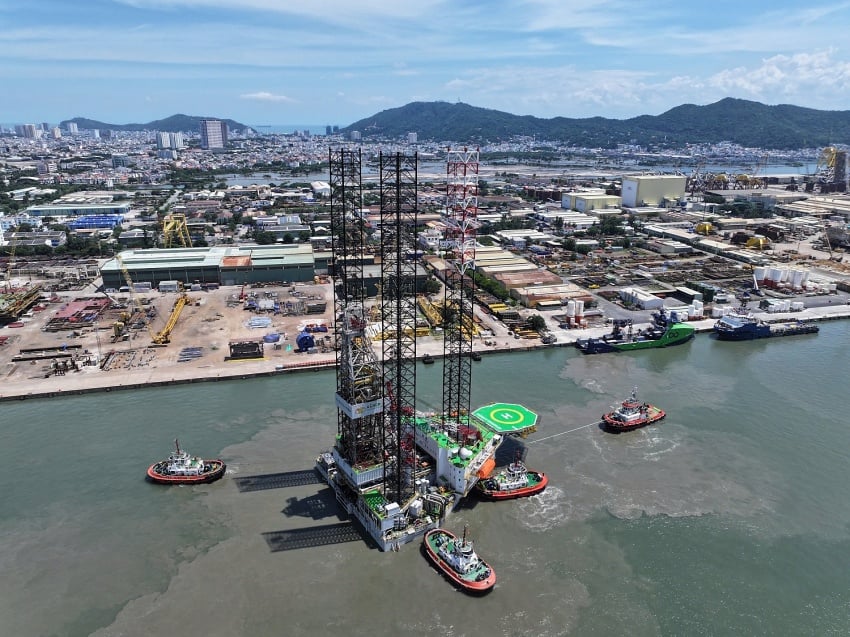
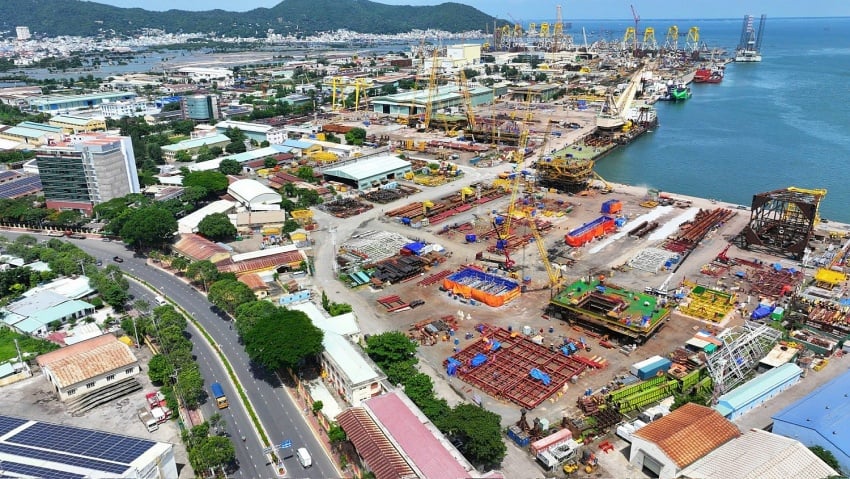






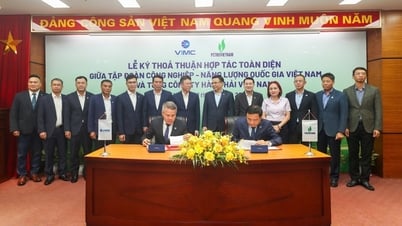

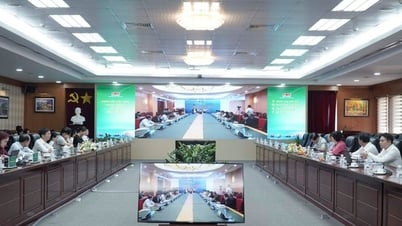

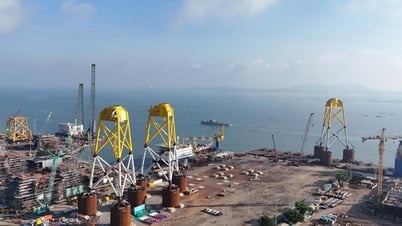
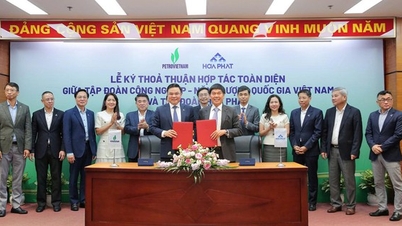
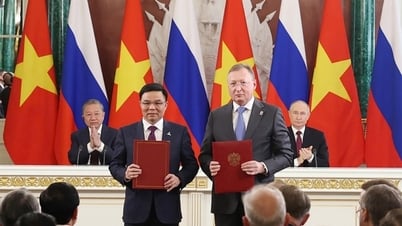





















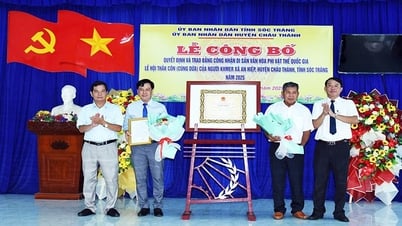










![[Maritime News] Wan Hai Lines invests $150 million to buy 48,000 containers](https://vphoto.vietnam.vn/thumb/402x226/vietnam/resource/IMAGE/2025/6/20/c945a62aff624b4bb5c25e67e9bcc1cb)











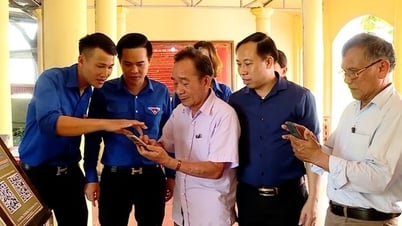
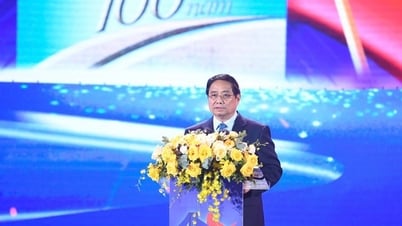

![[Infographic] Party Committee of the Ministry of Culture, Sports and Tourism: Marks of the 2020 - 2025 term](https://vphoto.vietnam.vn/thumb/402x226/vietnam/resource/IMAGE/2025/6/22/058c9f95a9a54fcab13153cddc34435e)





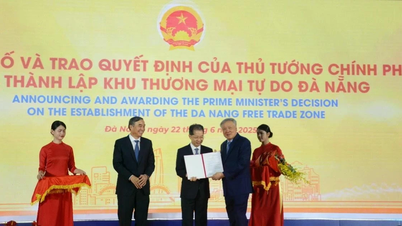


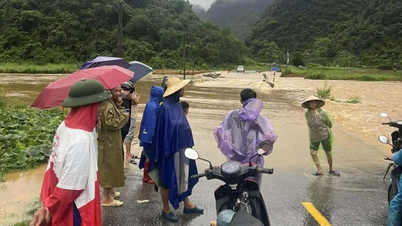

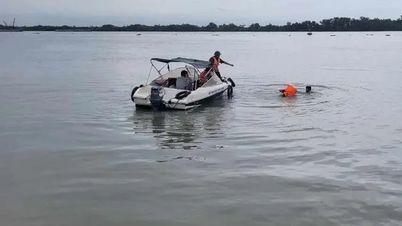
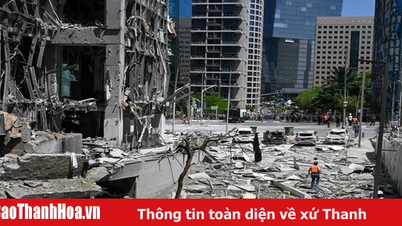













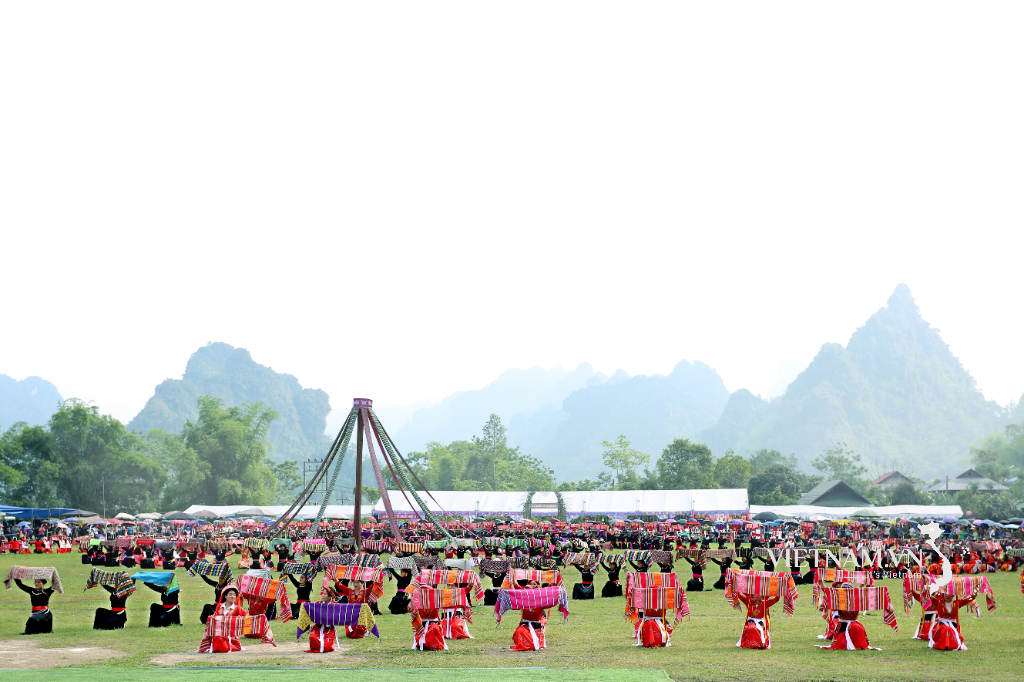
Comment (0)